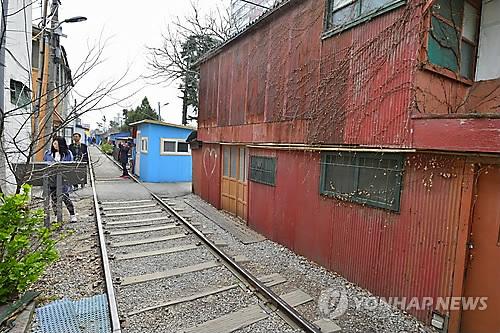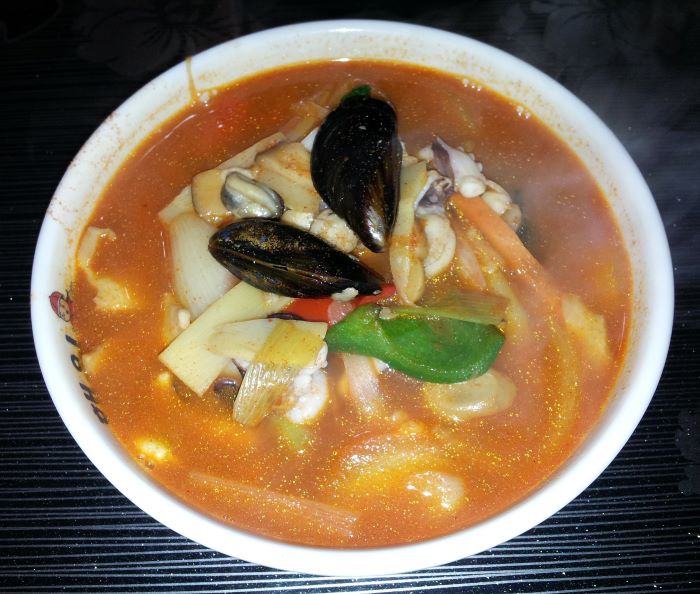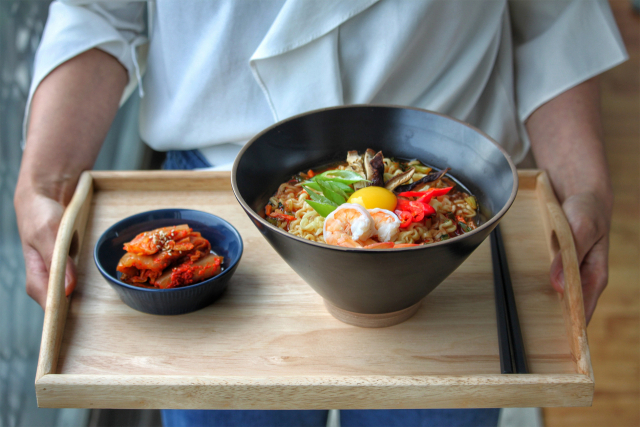
Last year, Gunsan Jjampong ramen, co-developed by Gunsan City in collaboration with Gunsan University and Gunsan Horticultural Cooperative, made a big splash.
GUNSAN, Sept. 20 (Korea Bizwire) –Gunsan, located in Jeollabuk-do, is a coastal city known for its delicious seafood all year round. While it offers a wide variety of fish, its standout dish is jjamppong.
They call Gunsan the “Holy Land of Jjamppong.” They’ve just announced the third annual Gunsan Jjamppong Festival, happening from October 7 to October 8 on Jjamppong Specialty Street.
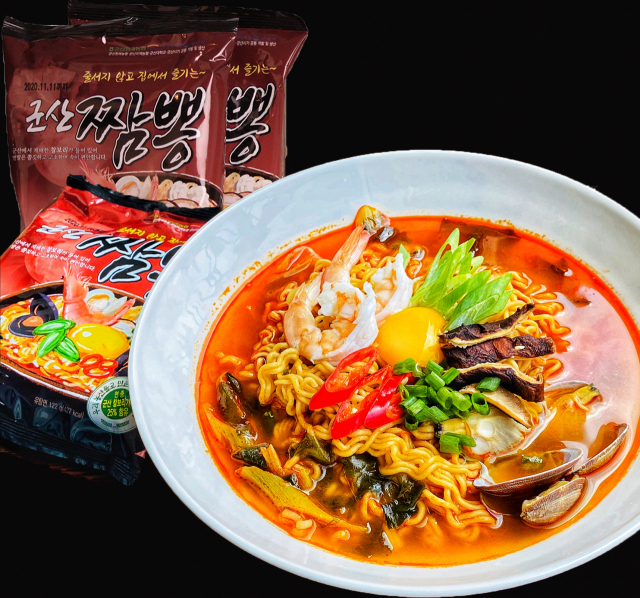
Last year, Gunsan Jjampong ramen, co-developed by Gunsan City in collaboration with Gunsan University and Gunsan Horticultural Cooperative, made a big splash.
Gunsan’s jjamppong has gained nationwide fame, making it a food tourism hotspot. To promote this even more, Gunsan City has built a special street for jjamppong along Dongnyeong-gil and hosts an annual jjamppong festival to attract fans from all over the country.
Gunsan used to be a port city that shipped rice and supplies to Japan during the Japanese colonial period. Many of its historic buildings and old railroad tracks are still standing, making it a great place for a nostalgic trip back in time.
If you’re a travel enthusiast who enjoys immersing yourself in old-world vibes and savoring delicious food, Gunsan is one of the top destinations.
There are three main reasons why Gunsan has become a must-visit spot for food lovers. First, it has a rich history tied to the Japanese occupation and industrialization. Second, its location provides an abundance of agricultural and marine products.
Lastly, the unique taste of Jeolla-do, combined with these factors, creates Gunsan’s distinctive jjamppong.
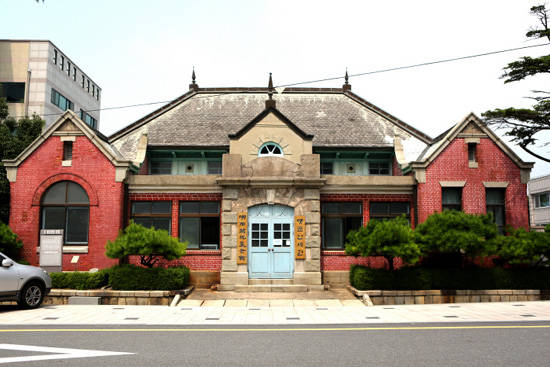
The former Gunsan Customs Office was built in 1908. It was designed by a German and brick materials were imported from Belgium.
Image credit: Gusan-si, Yonhap / photonews@koreabizwire.com


